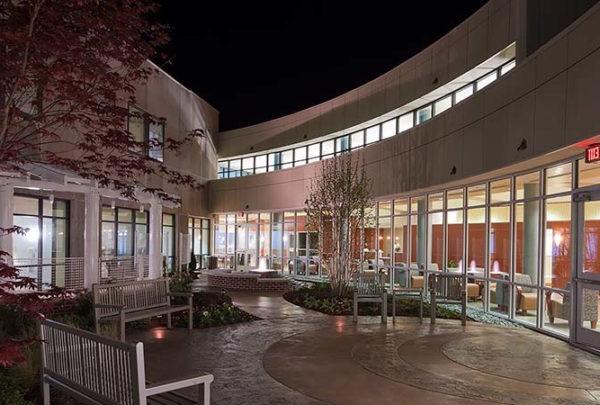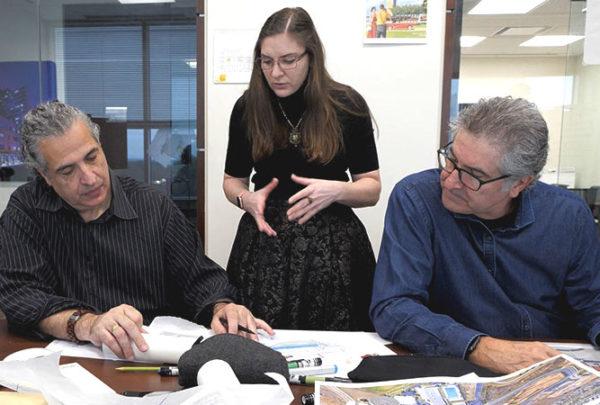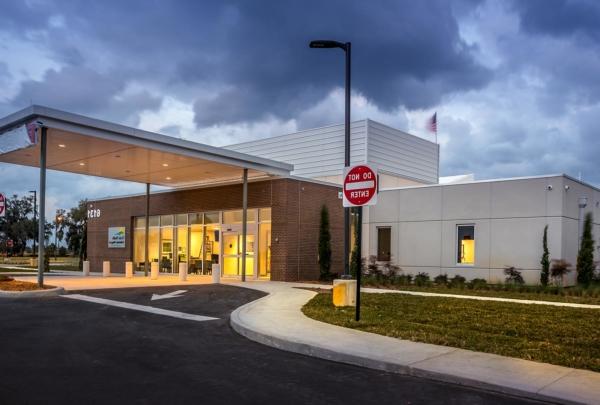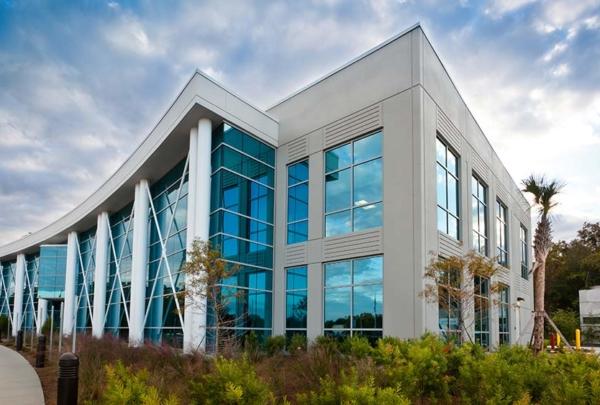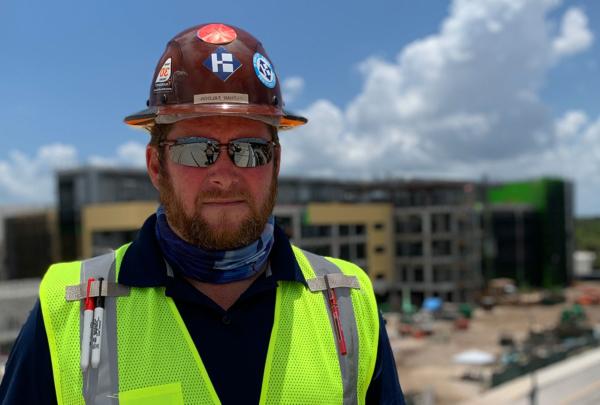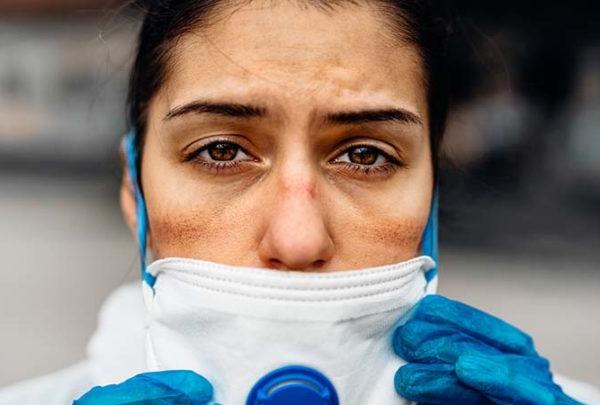“By failing to prepare, you are preparing to fail.” -- Benjamin Franklin
COVID-19 will create an expanded need for mental health services in the United States as individuals deal with isolation, economic uncertainty, and worse – the loss of loved ones. COVID-19 has also taught us hospitals and inpatient and outpatient medical care centers should be designed and constructed to adapt in responding to surge events, mass casualty incidents (MCI), or “what-if” scenarios. However, inpatient mental health facilities should be planned and designed in a manner to mitigate and respond to these events too. The National Institute of Building Sciences’ Natural Hazard Mitigation Saves Report indicates, “Every $1 spent on mitigation saves $6 on future disaster losses.” While developing your next inpatient healthcare facility with your architecture and design team, consider the following planning and design strategies.
Emergency Preparedness
- Review your emergency response plan, hazard vulnerability assessment, and hazard risk assessment with your A&D team so they understand the hazards and risks that may have an impact on the facility. Your A&D team’s understanding of your hazards and risks will allow them to design a facility that allows you better preparedness.
- Consider a dedicated space to serve as the emergency operations center (EOC) and equipped with the appropriate technology – phones, computers, and electrical outlets connected to a dedicated UPS
- Install adequate emergency notification systems – full facility paging system with connection to the EOC, facility repeaters to boost radio signals, and mass notification system(s) to notify employees and the community partners
Life Safety
The safety of patients, medical providers, and care team members along with clinical accuracy should always be the primary goal when planning and designing a facility. The life safety of patients and caregivers should establish the foundation on which all other design objectives and priorities rest.
- Create adaptable patient rooms and patient care areas that can flex as needed during an emergency. To create better adaptability in the facility, the planning and design may need to move beyond the typical practice of designing to code and healthcare guideline minimums.
- Consider overall facility layout that would allow dividing the facility into surge units during an emergency. Also, consider the flexibility of your facility’s HVAC system design to allow for creating surge units for patients requiring airborne infection isolation.
Provider and Care Team Workspaces
The planning and design of the medical providers’ and care team members’ spaces most often affect workflow, processes, and policies. In the same manner as reviewing your emergency response planning with your A&D team, be sure to review your processes and policies so the medical team’s workspaces may be designed to promote them.
- Establish design objectives and priorities regarding privacy, collaboration, communication, efficiency, and visibility for the workspaces.
- Take into consideration the medical providers’ and care team members’ entry into and exit from the facility. For instance, locate locker or changing rooms near the entry/exit points so potentially contaminated clothes may be removed before entering or leaving the workspaces.
- Consider the medical care team’s workspaces’ spatial relationship and accessibility to the patient care areas.
Desired Design
Do not neglect to consider everyone’s preference for comfort and how that can shape their experience and satisfaction, whether a patient or a medical care team member.
- Implement biophilic design elements (natural lighting, spaces with views) to help with the patient’s mental health improvement and the medical care team members’ mental state.
- Investigate whether the facility’s design should implement aspects of the WELL Building Standard® to impact human health and wellbeing.
While the focus on the physical effects of COVID-19 is vital, it’s also important to remember to toll of the virus on the mental health of both patients and healthcare staff. Specifically, when planning your new inpatient facility, collaborate with your architecture and design team to incorporate design strategies that will help improve the mental wellbeing of your staff and patients. Taking the time and care to incorporate these features will increase the safety of patients and healthcare providers as well as address their mental health issues.































